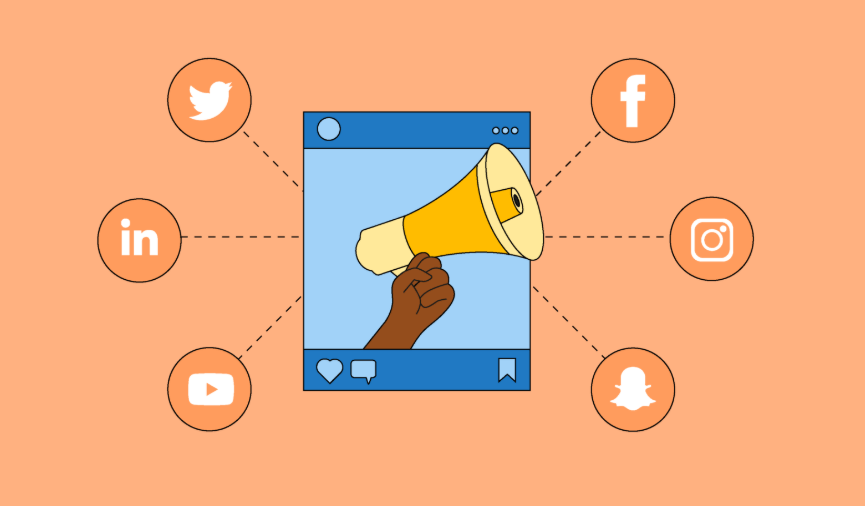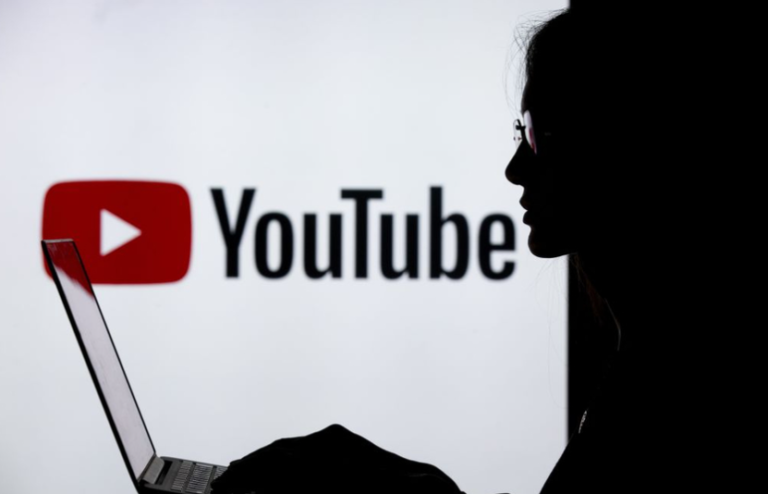Instagram Influencers: The New Faces of Marketing in the Digital Age
Introduction
In the ever-evolving world of digital marketing, Instagram influencers have emerged as some of the most powerful and influential figures in recent years. With millions of followers and the ability to shape trends, Instagram influencers are not just individuals sharing photos—they’ve become the new faces of marketing, revolutionizing how brands reach and engage with their target audiences. As the digital age continues to grow, influencer marketing has become a cornerstone of many marketing strategies, helping businesses drive sales, increase brand awareness, and connect with consumers on a personal level.
In this article, we will explore the rise of Instagram influencers, how they’ve transformed marketing, and what businesses can do to tap into this powerful tool.
1. What are Instagram Influencers?
Instagram influencers are individuals who have built a large following on the platform by sharing content that resonates with their audience. These influencers are often considered experts or authorities in a specific niche, such as fashion, fitness, travel, beauty, or lifestyle. They use their platform to promote products, services, and brands, leveraging their influence to persuade followers to make purchasing decisions or engage with specific content.
Influencers can range from those with a few thousand followers (micro-influencers) to celebrities with millions of followers (macro or celebrity influencers). Their primary appeal lies in their ability to connect with audiences on a personal level, making them more relatable than traditional forms of advertising.
2. The Rise of Instagram Influencers
2.1 The Growth of Social Media
Social media has experienced explosive growth over the past decade, and Instagram has emerged as one of the leading platforms. With over a billion monthly active users, Instagram has become a global hub for content creators, brands, and consumers. It’s not just a space for personal updates; it’s a marketplace where individuals and companies interact, share, and engage.
2.2 The Power of Instagram’s Visual Content
Instagram’s emphasis on visual content, such as photos, videos, and Stories, makes it an ideal platform for influencer marketing. Users engage more with visual content, making it easier for influencers to communicate messages in a compelling and aesthetically appealing way. This visual-first approach is a major reason why Instagram has become the go-to platform for influencers in various industries.
3. Why Instagram Influencers are the New Faces of Marketing
3.1 Building Trust with Audiences
One of the main reasons Instagram influencers have become so powerful in marketing is their ability to build strong, trusting relationships with their followers. Influencers engage with their audience on a personal level, responding to comments, sharing personal stories, and creating content that feels authentic. This sense of trust is crucial for brands looking to promote products or services through influencers, as consumers are more likely to purchase from brands they feel they can trust.
3.2 Creating Authentic Content
Unlike traditional advertisements, which can often feel staged or scripted, Instagram influencers create content that feels natural and relatable. Whether they’re showing how they use a product in their daily lives or sharing a behind-the-scenes look at their work, the content feels authentic. This authenticity makes the promotional messages influencers share feel more genuine, leading to higher engagement and a stronger connection with followers.
4. Types of Instagram Influencers
4.1 Micro-Influencers
Micro-influencers have smaller followings, typically between 1,000 and 100,000 followers. Despite their smaller audience size, they often have highly engaged and loyal followers. Micro-influencers tend to focus on niche markets, making them ideal for brands targeting specific demographics or interests.
4.2 Macro-Influencers
Macro-influencers have larger followings, usually between 100,000 and a few million followers. They are often considered celebrities in their field and can reach a broad audience. While they may not have the same level of intimacy as micro-influencers, their larger reach makes them attractive to brands looking for widespread exposure.
4.3 Celebrity Influencers
Celebrity influencers are well-known public figures with millions of followers. They are typically used by large brands aiming for mass-market exposure. While their influence is undeniable, working with celebrity influencers can be expensive, and their content may not always feel as personal or authentic as that of micro or macro influencers.
5. Benefits of Working with Instagram Influencers
5.1 Increased Brand Awareness
By collaborating with Instagram influencers, brands can tap into a broader and more engaged audience. Influencers can introduce new products or services to their followers, leading to increased visibility and brand awareness. The influencer’s endorsement acts as a form of social proof, helping to build credibility for the brand.
5.2 Higher Engagement Rates
Studies have shown that influencer marketing tends to generate higher engagement rates compared to traditional forms of advertising. Followers trust influencers’ recommendations and are more likely to comment, like, or share content that resonates with them. This high engagement increases the chances of a successful campaign.
5.3 Trust and Credibility
As mentioned earlier, influencers have cultivated trust with their followers. This trust is invaluable when it comes to marketing, as consumers are more likely to make purchasing decisions based on the recommendations of someone they trust. By aligning with influencers, brands can leverage this trust to enhance their own credibility.
6. How Brands Can Leverage Instagram Influencers Effectively
6.1 Choosing the Right Influencer
The key to a successful influencer marketing campaign is choosing the right influencer. Brands need to ensure that the influencer’s values, personality, and audience align with their own brand. This can involve assessing factors like the influencer’s engagement rate, audience demographics, and content style.
6.2 Setting Clear Objectives
Before launching a campaign, it’s essential for brands to define clear goals. Whether it’s increasing brand awareness, driving sales, or building a social media following, setting measurable objectives will help guide the campaign and determine its success.
6.3 Measuring Campaign Success
Brands should track key performance indicators (KPIs) to measure the effectiveness of their influencer marketing campaigns. This can include metrics like engagement rates, website traffic, conversion rates, and overall sales. By analyzing these metrics, brands can refine their strategies and optimize future campaigns.
7. The Future of Instagram Influencers in Marketing
7.1 Emerging Trends in Influencer Marketing
The future of Instagram influencers is bright, with several emerging trends shaping the landscape. These include the rise of video content, the increasing importance of social responsibility, and the growing popularity of short-form content such as Instagram Reels.
7.2 The Role of AI and Data Analytics
As influencer marketing continues to grow, brands are turning to AI and data analytics to improve their campaigns. By using AI, brands can identify the most suitable influencers, predict trends, and optimize campaign performance. Data analytics also allows brands to measure ROI more effectively, ensuring that influencer collaborations are as cost-effective as possible.
8. Challenges of Influencer Marketing
8.1 Fake Followers and Engagement
One of the biggest challenges of influencer marketing is the presence of fake followers and engagement. Some influencers purchase fake followers or engagement to boost their perceived influence. This can undermine the effectiveness of a campaign and damage a brand’s reputation. To mitigate this, brands should vet influencers carefully and use tools to verify the authenticity of their audience.
8.2 Transparency and Authenticity Issues
As influencer marketing becomes more popular, there is increasing pressure for influencers to disclose paid partnerships and sponsored content. Brands and influencers must prioritize transparency to maintain trust with their audience. Failing to do so can lead to backlash and damage the brand’s reputation.
9. FAQs
Q1: How much do Instagram influencers charge?
A1: The cost of working with an Instagram influencer can vary widely depending on their follower count, engagement rate, and niche. Micro-influencers may charge a few hundred dollars, while celebrity influencers can charge tens of thousands or more.
Q2: How do I find the right Instagram influencer for my brand?
A2: Look for influencers whose audience and values align with your brand. Use tools like influencer platforms and social media listening tools to assess engagement and audience demographics.
Q3: Are micro-influencers better than macro-influencers?
A3: Micro-influencers tend to have higher engagement rates and more niche audiences, making them a great choice for brands targeting specific demographics. However, macro-influencers offer broader reach and greater exposure.
Q4: How can I track the success of an influencer marketing campaign?
A4: Use metrics like engagement rates, website traffic, conversions, and sales to measure the success of your campaign. Tools like Google Analytics and social media insights can help track these KPIs.
Q5: Can Instagram influencers help with brand loyalty?
A5: Yes! Influencers can help build brand loyalty by creating authentic, consistent content that resonates with their followers. Their genuine recommendations can lead to long-term customer relationships.
Q6: What are the risks of influencer marketing?
A6: Some risks include working with influencers who have fake followers, transparency issues, or misalignment with the brand’s values. It’s essential to vet influencers carefully to mitigate these risks.
10. Conclusion
Instagram influencers have undoubtedly become the new faces of marketing in the digital age. Their ability to connect with audiences, create authentic content, and drive engagement has transformed how brands approach marketing. By leveraging Instagram influencers, businesses can boost brand awareness, build trust, and ultimately drive sales. However, it’s important for brands to choose the right influencers, set clear objectives, and measure success to maximize the impact of their campaigns. As the digital landscape continues to evolve, Instagram influencers will remain a powerful tool for marketers, and those who embrace this change will thrive in the competitive world of online marketing.




